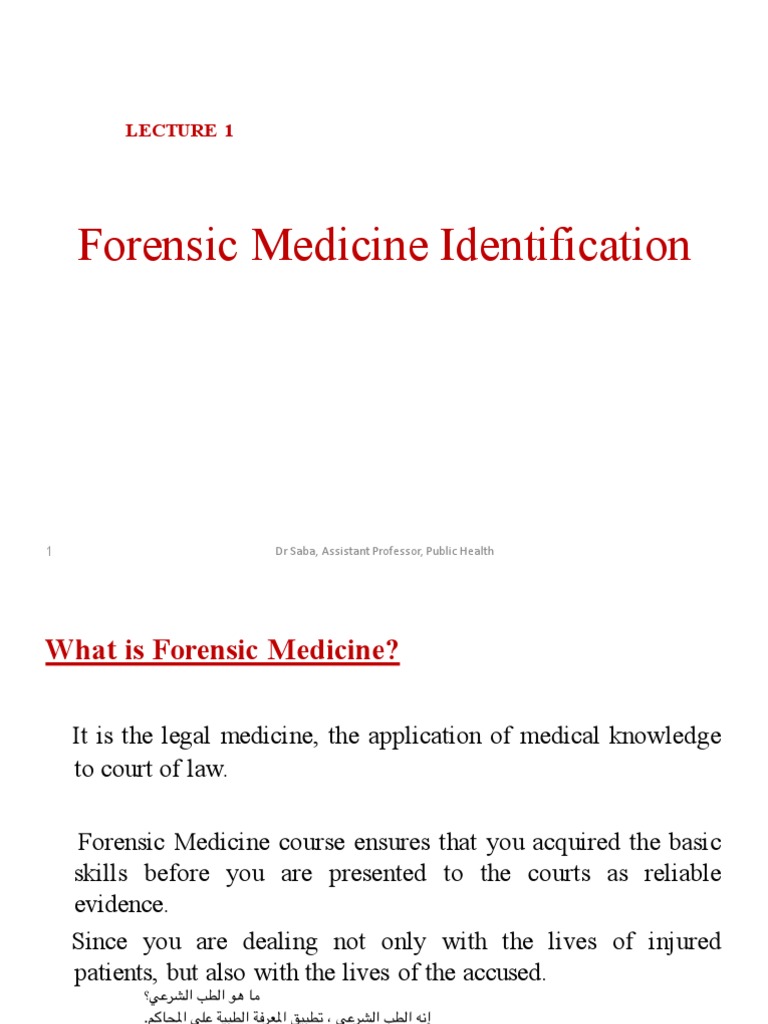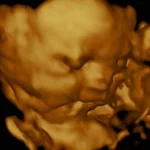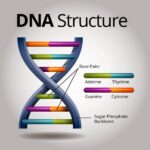Forensic medicine and anatomy, at their core, represent the intersection of medical science and the legal system. The inherent human curiosity surrounding death and the pursuit of justice fuels a continuous fascination with these disciplines. Understanding the precise definition and scope of these fields is paramount to appreciating their critical role in contemporary society.
Forensic Medicine: A Synthesis of Law and Healing
Forensic medicine, also known as legal medicine or medical jurisprudence, is a specialized branch of medicine that applies medical knowledge and principles to legal issues. It is not simply about treating patients; rather, it is about using medical expertise to assist in the investigation and resolution of legal matters. Forensic physicians, sometimes referred to as medical examiners or forensic pathologists, act as objective scientific resources for the courts and law enforcement agencies. The core tenet of forensic medicine is objectivity, ensuring unbiased application of scientific principles within a legal framework.
The discipline encompasses a wide spectrum of activities, extending far beyond the examination of deceased individuals. It plays a crucial role in both criminal and civil legal proceedings. While often associated with determining the cause and manner of death, its responsibilities are substantially more multifaceted.
Key Facets of Forensic Medicine:
- Death Investigation: This is perhaps the most recognizable aspect of forensic medicine. Forensic pathologists conduct autopsies to determine the cause of death, the mechanism of death, and the manner of death (natural, accidental, suicide, homicide, or undetermined). They analyze injuries, collect biological samples, and interpret toxicological findings to reconstruct the events leading to a person’s demise.
- Clinical Forensic Medicine: This branch deals with living individuals. It includes examination of victims of assault, sexual offenses, and domestic violence. Forensic physicians document injuries, collect forensic evidence (e.g., DNA), and provide medical reports that can be used in legal proceedings. Assessing capacity and providing expert witness testimony are also important components.
- Toxicology: Forensic toxicologists analyze biological samples (blood, urine, tissues) to detect the presence of drugs, alcohol, poisons, and other substances. They interpret the findings in relation to the individual’s behavior and the circumstances surrounding the incident.
- Forensic Psychiatry: This subspecialty focuses on the interface between psychiatry and the law. Forensic psychiatrists assess the mental state of individuals involved in legal proceedings, such as defendants, victims, and witnesses. They determine competency to stand trial, assess criminal responsibility, and provide expert testimony on mental health issues.
- DNA Analysis: The application of molecular biology techniques for identification purposes. Forensic DNA analysts compare DNA profiles from crime scene evidence with those of suspects or victims. This is crucial for identifying perpetrators, exonerating the wrongly accused, and establishing familial relationships.
The meticulous documentation and preservation of evidence are critical throughout these processes. Chain of custody protocols must be rigorously followed to ensure the integrity of evidence presented in court.
Forensic Anatomy: Unveiling the Secrets of the Human Form
Forensic anatomy is a specialized area within anatomy that focuses on the application of anatomical knowledge to forensic investigations. It involves the study of human skeletal remains, soft tissues, and anatomical variations to assist in identifying individuals, determining the cause of death, and reconstructing events surrounding a crime.
Unlike traditional anatomy, which focuses on the normal structure and function of the human body, forensic anatomy deals with altered or damaged tissues. It often involves the analysis of fragmented, decomposed, or skeletonized remains, presenting unique challenges to the anatomist.
Key Applications of Forensic Anatomy:
- Skeletal Identification: Forensic anthropologists, often with expertise in forensic anatomy, analyze skeletal remains to determine the individual’s age, sex, stature, ancestry, and unique identifying characteristics. They examine bone morphology, dental characteristics, and evidence of skeletal trauma or disease. Superimposition techniques, involving the overlaying of facial photographs onto skull images, are sometimes employed to aid in identification.
- Trauma Analysis: Forensic anatomists analyze skeletal trauma patterns to determine the type of weapon used, the angle of impact, and the sequence of events that led to the injuries. They differentiate between sharp force trauma (e.g., stab wounds), blunt force trauma (e.g., blows from a hammer), and gunshot wounds. This analysis can provide crucial information about the manner of death.
- Decomposition Studies: Understanding the processes of decomposition is essential for estimating the postmortem interval (time since death). Forensic anatomists study the effects of environmental factors (temperature, humidity, insect activity) on the rate and pattern of decomposition. This knowledge helps to refine timelines of events.
- Facial Reconstruction: In cases where the identity of skeletal remains is unknown, forensic artists may use anatomical knowledge to reconstruct the individual’s facial appearance. This involves applying tissue depth markers to the skull and sculpting the facial features based on anatomical principles. Facial reconstructions can be used to generate leads and aid in identification.
- Anatomical Variations and Anomalies: The recognition of anatomical variations (e.g., extra ribs, unusual bone shapes) and anomalies (e.g., skeletal dysplasias) can be instrumental in identifying individuals. These unique features can be compared to medical records or antemortem photographs to establish a positive identification.
The meticulous analysis of skeletal remains and soft tissues requires a comprehensive understanding of human anatomy, osteology, and taphonomy (the study of what happens to an organism after death). Forensic anatomists work closely with other forensic specialists, such as forensic pathologists, entomologists, and odontologists, to provide a comprehensive assessment of the circumstances surrounding a death.
In conclusion, forensic medicine and anatomy are indispensable disciplines in the pursuit of justice. They provide the scientific foundation for investigating deaths, identifying victims, and reconstructing events. The rigor and objectivity inherent in these fields make them invaluable assets to the legal system, offering clarity in the face of uncertainty.









Leave a Comment